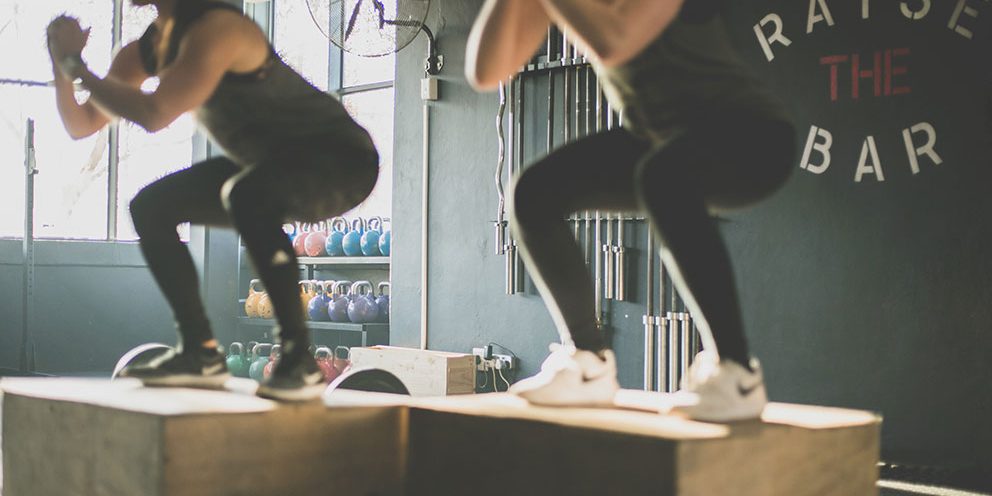Every orbit we complete around the sun gives us another reason to focus on growing stronger and moving better. One crucial area deserving attention is our hips.
As discussed in a previous article, ageing leads to a decline in muscle mass and bone density, accompanied by reduced mobility and stability unless actively addressed. This decline can significantly impact our quality of life, making it imperative to work towards enhancing these aspects.
Move It or Lose It: Prioritizing Hip Health
In my role as a movement professional, a significant portion of my time is dedicated to educating individuals on alleviating ‘back pain’ and ‘knee pain’ by enhancing hip mobility, stability, and strength.
Modern sedentary lifestyles contribute to weakened hip stabilizers like the glutes and core muscles. Tightened hip flexors, hamstrings, and calves further restrict movement, often forcing us to ‘borrow’ range from our backs and knees.
The prevalence of rounded upper body posture, exacerbated by constant screen use, creates a cascade effect. Compensatory patterns develop to maintain functionality in unnatural positions, further weakening stabilizers and overloading muscles, ligaments, and tendons.
This altered posture, coupled with poor glute and core strength, instability, and reduced mobility, compounds over time, affecting our gait and limiting activities such as running, jumping, and even walking.
Women at Greater Risk: Addressing Unique Challenges
For women, these issues can pose additional challenges due to factors such as:
- Body Build: Natural or unnatural attributes like larger breasts can affect posture, either due to structural proportions or psychological factors, such as averting the ‘male gaze.’
- Pelvic Weakness/Dysfunction: Childbirth, menstrual cycles, and sexual encounters are factors influencing strength and control in the pelvic region. Trauma responses to physical or emotional pain can also hinder connection to this area.
- Hormonal Changes: Menopause and hormonal fluctuations impact strength and resilience.
- Fashion Choices: Items like weaves, high heels, and waist trainers can restrict movement, alter posture, and affect breathing patterns.
- Poor Relationship to Food: Disordered eating and restrictive diets contribute to malnutrition, compromising bone, tissue, muscle, and joint health.
- Bone Density: Women often have lower bone density, which decreases further post-menopause with a decline in estrogen levels.
- Lack of Strength Training: Historical stigmas around strength training for women may have deprived many women around menopausal age of its benefits.
Given these challenges, it becomes crucial for women to actively pursue strength, mobility, and stability to counteract the effects of aging and maintain a high quality of life.
Actively Avoiding Falls: The Critical Role of Hip Health
Poor hip mobility and stability, coupled with muscle and bone degeneration, significantly increase the risk of serious injury, compromised quality of life, and even mortality.
Internationally, falls are the second leading cause of unintentional injury deaths, with adults over 60 experiencing the highest number of fatal falls. These incidents often result from compromised hip stability, altered gait, and compensatory patterns—all issues that can be addressed through intelligent exercise and collaboration with allied health professionals, such as osteopaths.
Striving to fortify the hip region by improving strength, balance, coordination, and mobility can reduce the likelihood of falls. Interestingly, many fatal falls result in hip fractures, and strength training can substantially decrease the risk of bone fractures.
Investing in Hip Health: A Call to Action for Women
In fact, dedicating just 30-60 minutes to 2-3 strength-focused sessions per week can have a significant impact on bone density, even in individuals who have never engaged in strength training before.
Ladies, it’s time to reconnect with your hips. Incorporate lifting, lunging, squatting, and hinging into your routine to ensure you can keep shaking those hips and enjoy a higher quality of life well into your twilight years.
- https://newsinhealth.nih.gov/2015/01/osteoporosis-aging
- https://www.who.int/news-room/fact-sheets/detail/falls
- https://www.webmd.com/osteoporosis/features/weight-training
- https://theconversation.com/why-hip-fractures-in-the-elderly-are-often-a-death-sentence-95784
- https://journals.humankinetics.com/view/journals/jsr/29/6/article-p833.xml
Katie Masters.
Body Health. Menopause. Mental Wellbeing. Women’s Empowerment.
Photo by Meghan Holmes from Unsplash
If you enjoyed this article and would like to help us support this beautiful project so we can continue creating amazing content; please help us by donating as little as the cost of a coffee or as much as you like.
and






